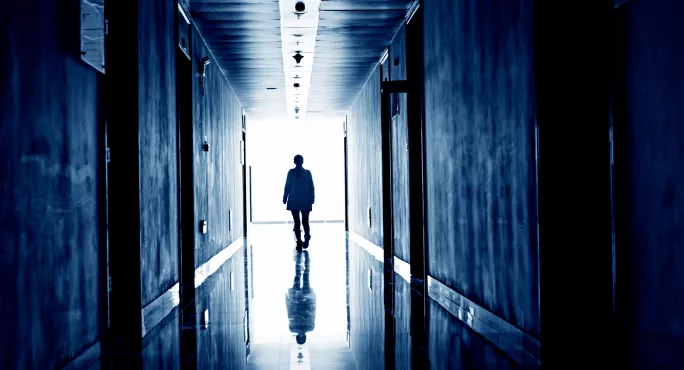School suspensions of students have hit a new record high, with the number of temporary removals from classrooms soaring by a third last year, the latest government data reveals.
The number of suspensions rose to almost 787,000 in the 2022-23 academic year, compared with 578,300 in the previous year.
And the number of exclusions climbed by almost half (45 per cent) compared with the previous year. There were a total of 9,400 permanent exclusions from schools in 2022-23, compared with 6,400 in 2021-2022.
Permanent exclusions rose above pre-pandemic levels for the first time last year. The total number recorded across all settings in 2018-2019 was 7,894.
The new figures come amid warnings that schools are facing a crisis of rising exclusions and demand for alternative provision (AP) places amid a reported increase in poor behaviour since the pandemic.
Suspension figures ‘a shocking wake-up call’
Newly appointed Department for Education minister Stephen Morgan has called the figures “shocking” and a “wake up-call”.
“They put into sharp focus that too many pupils are being held back by their background and that our education system is failing to meet the needs of children with additional needs,” he said.
Persistent disruptive behaviour accounted for 48 per cent of all of the reasons given for suspension last year and for 39 per cent of the reasons for permanent exclusions, similar to previous years.
Verbal abuse or threatening behaviour against an adult accounted for 16 per cent of suspensions, followed closely by physical assault against a pupil.
While there was a substantial increase in suspensions across all settings in 2022-23, the largest proportional increase was in secondary schools - a 38 per cent rise from 498,100 to 685,900.
Suspensions of primary pupils rose by 27 per cent from 66,200 to 84,300, while suspensions in special schools increased by 20 per cent from 14,000 to 16,800.
The suspension rate was highest among students aged 13, with 173,796 students of this age suspended last year.
The rate was similar for 12- and 14-year-olds, with 158,554 and 162,301 suspended respectively.
While the overall increase in suspensions year-on-year has been driven proportionally by secondary suspensions, exclusions rose most steeply between 2021-22 and 2022-23 in primary schools, with figures showing a 58 per cent increase from 758 to 1,201.
Secondary student exclusions rose from 5,658 to 8,054 - an increase of 42 per cent.
‘Complex needs and challenging behaviour’
Responding to the figures, Pepe Di’Iasio, general secretary of the Association of School and College Leaders, said: “School leaders only ever suspend and exclude pupils as a last resort, and therefore this rise would appear to reflect the increasingly complex needs and challenging behaviour we are seeing in schools and across wider society.”
He added that poor behaviour is “often a result of poor mental health or unmet special educational needs”.
Mr Di’Iasio called for the new government to “work alongside the education profession to put support systems in place that ensure young people get the help they need to stop these problems from escalating”.
For the latest education news and analysis delivered directly to your inbox every weekday morning, sign up to the Tes Daily newsletter




